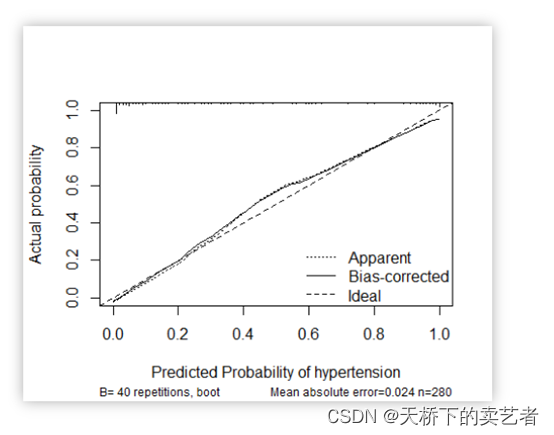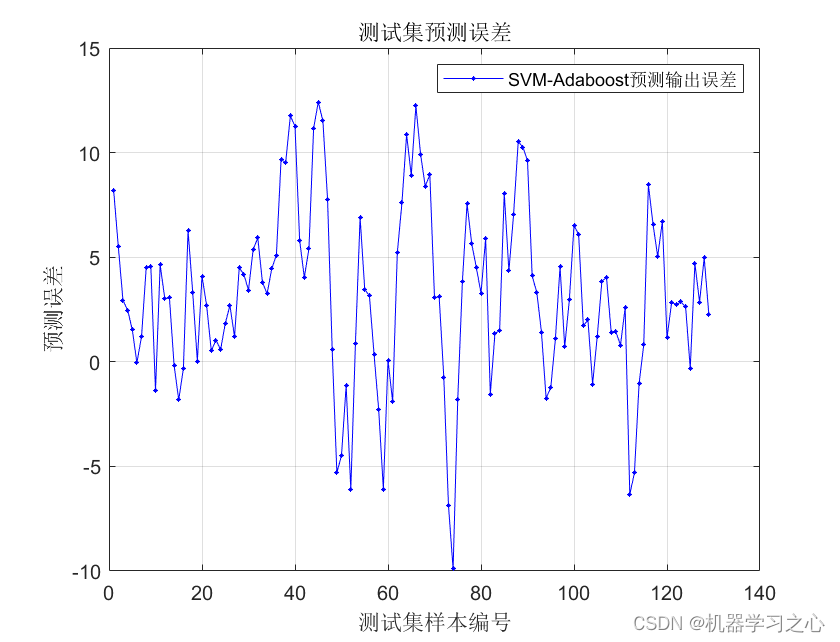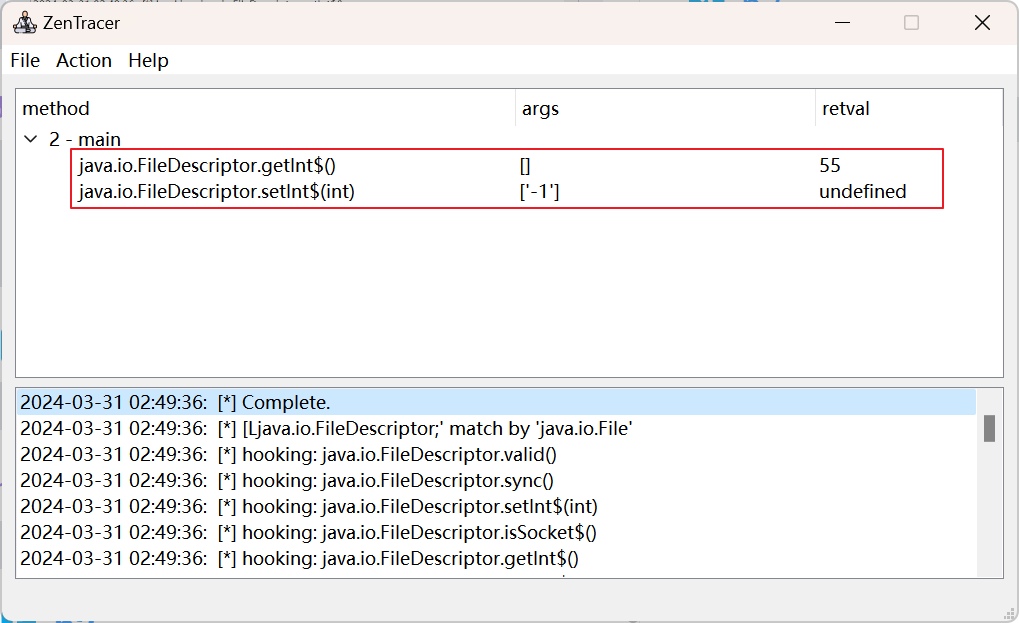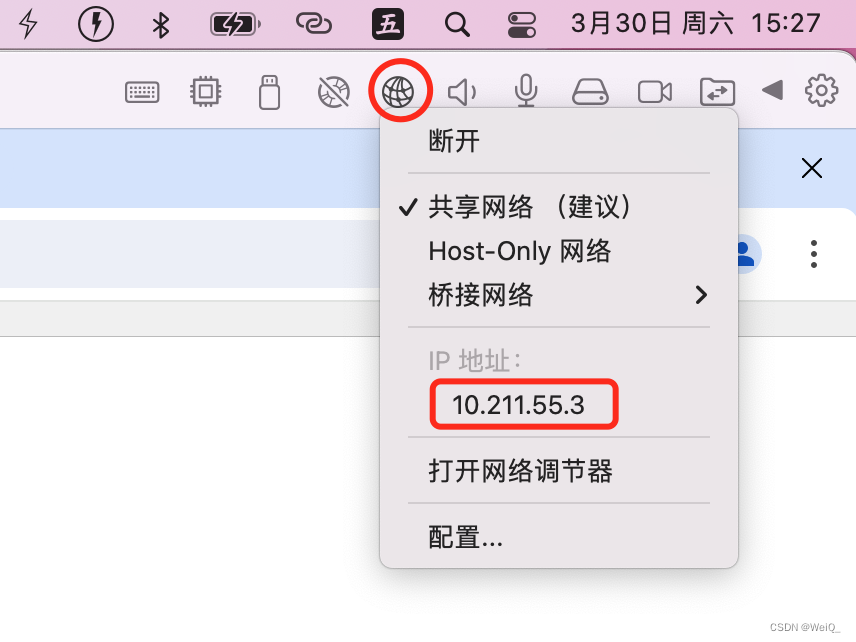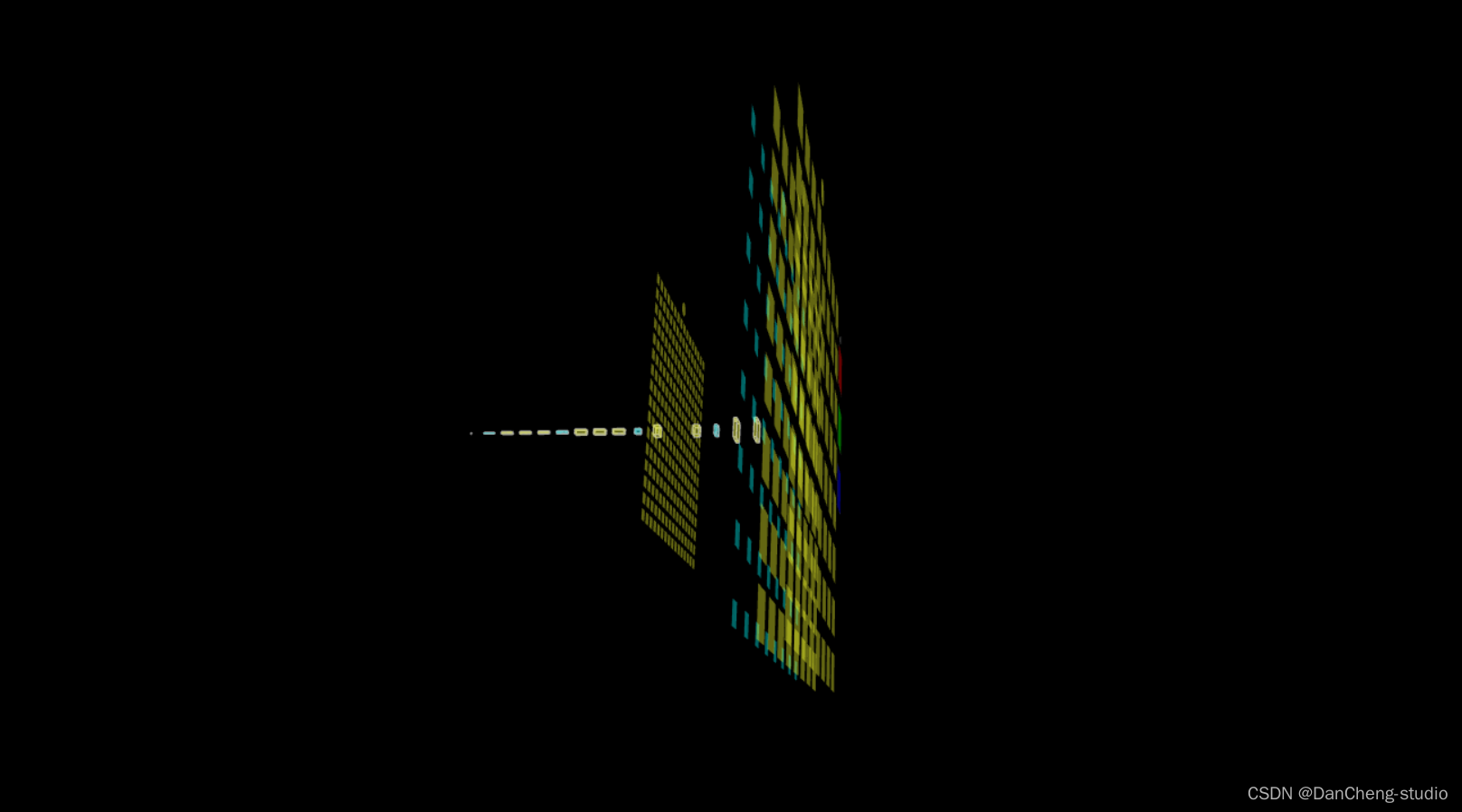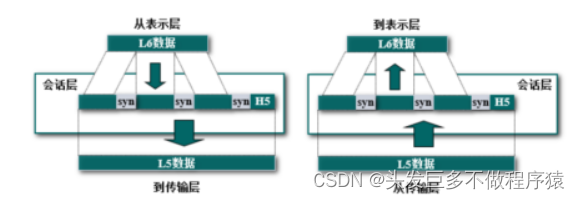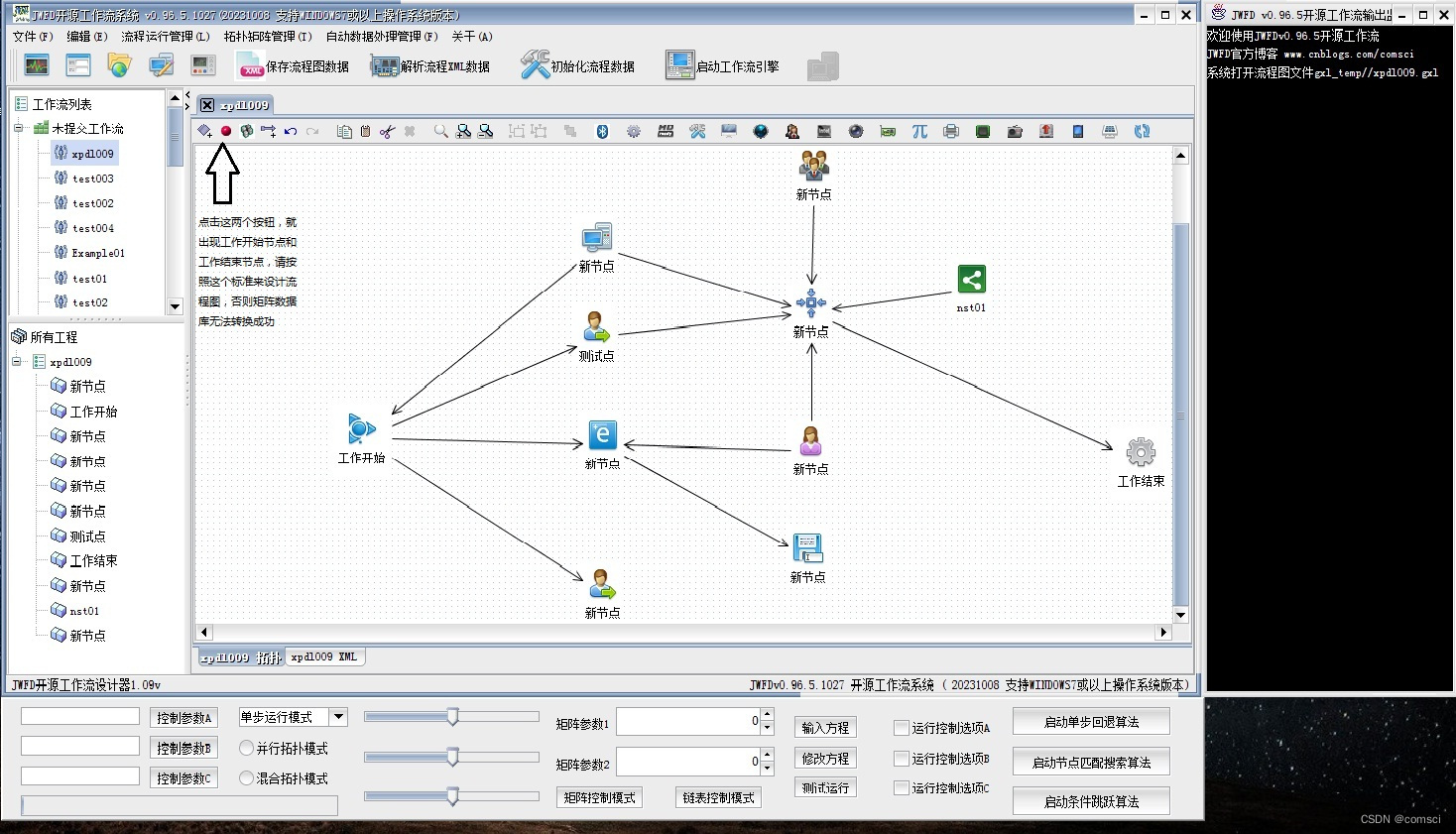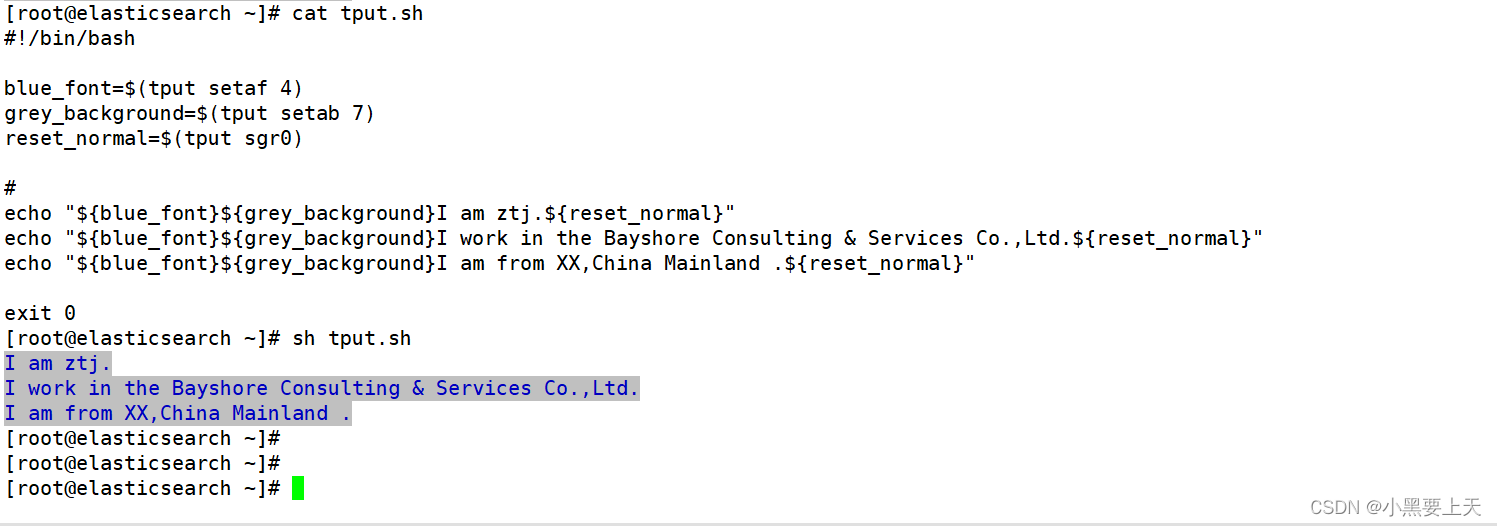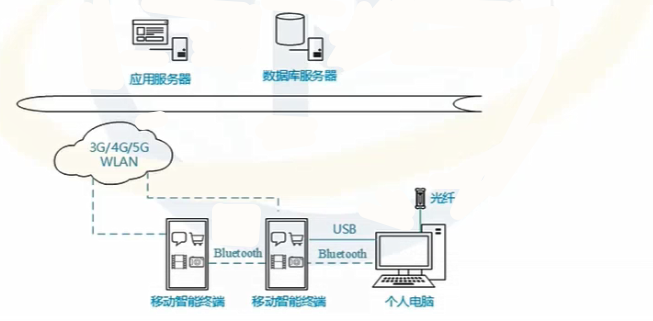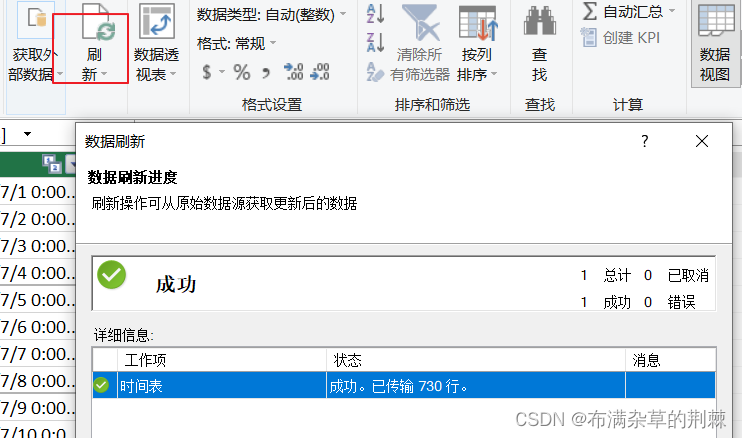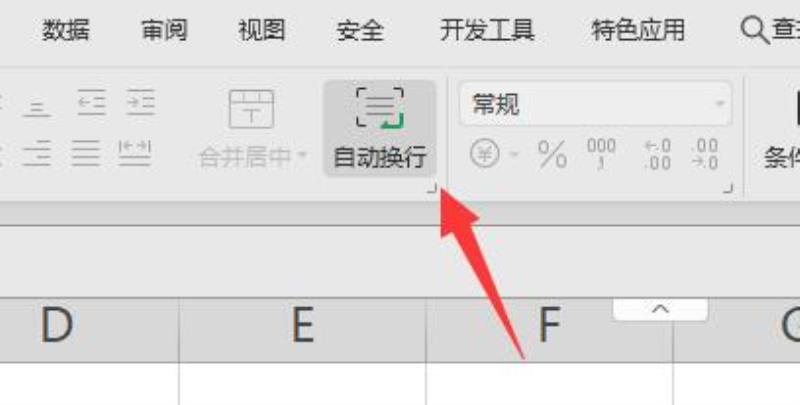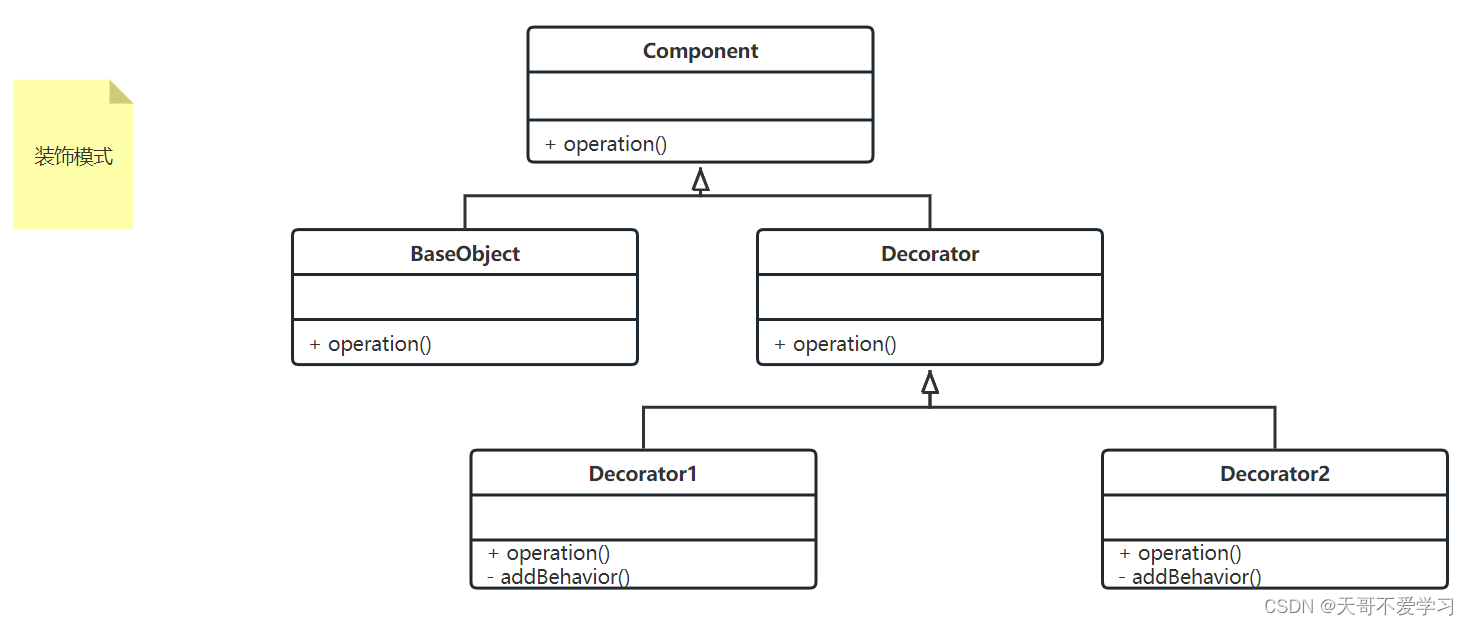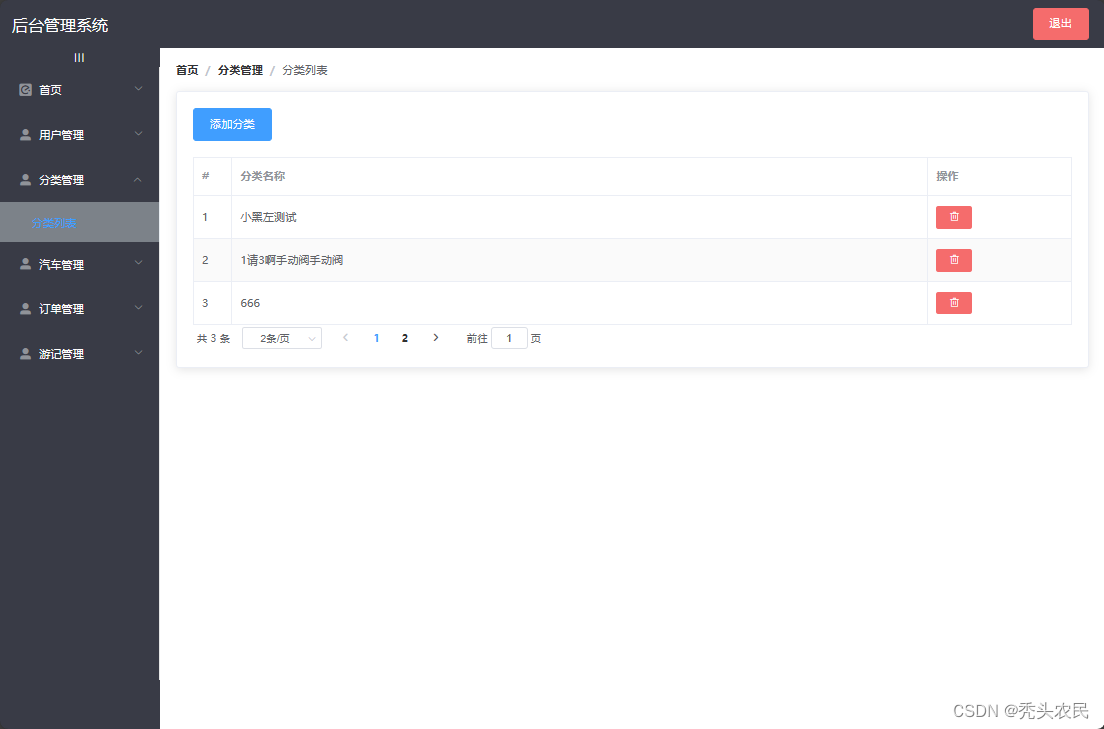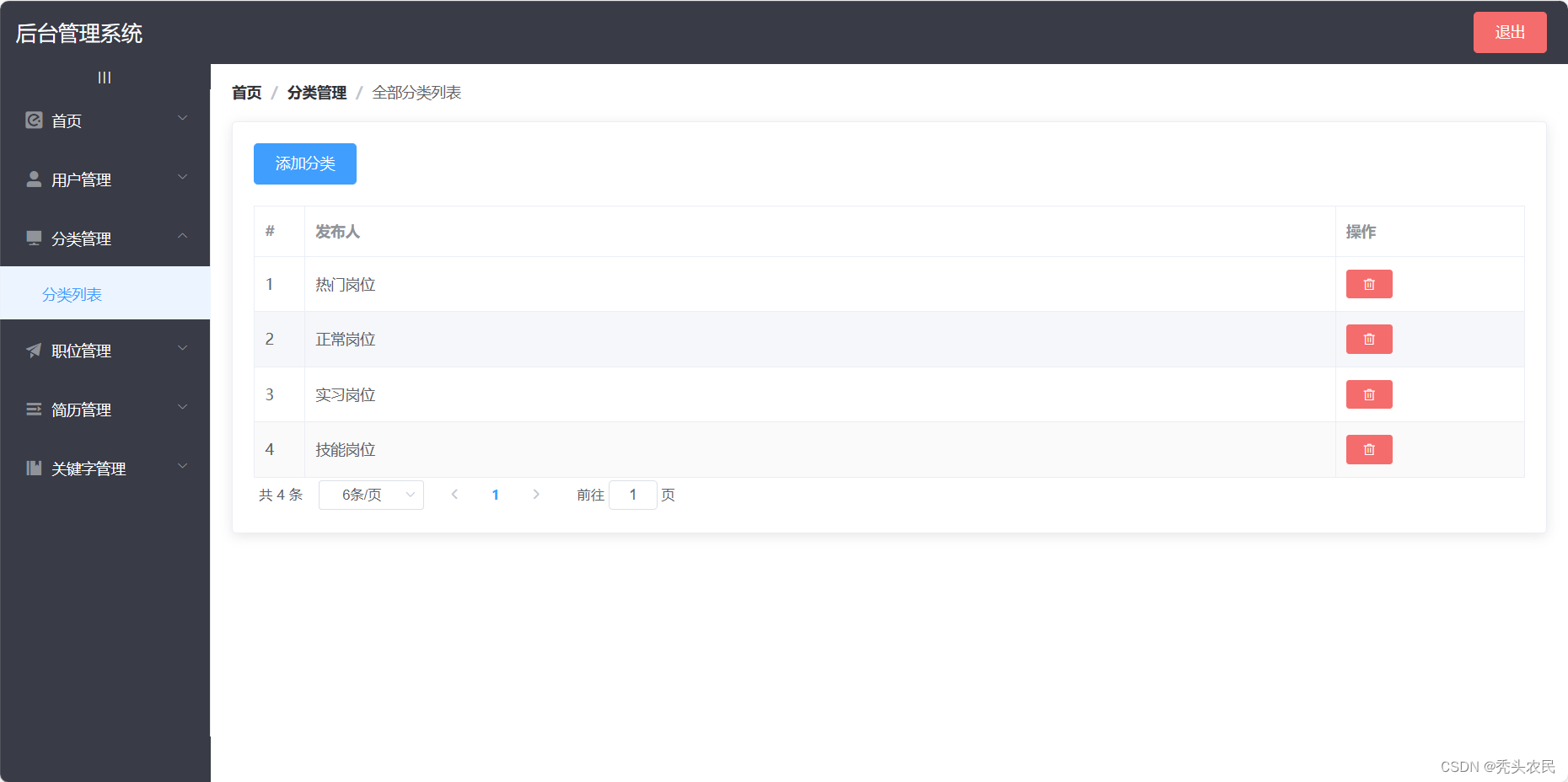直线检测
前期准备
import cv2
import numpy as np
# 读取图片
img = cv2.imread(r"C:\Users\HONOR\Desktop\12.png")
# 灰度转换
gray = cv2.cvtColor(img, cv2.COLOR_BGR2GRAY)
# 二值化
# reg, img = cv2.threshold(gray, 127, 255, cv2.THRESH_BINARY)
# 显示二值化后的图像
# cv2.imshow("thresh", img)
canny边缘检测
在进行检测直线之前需要进行边缘检测
# 检测直线
# 首先进行边缘检测
canny = cv2.Canny(gray, 30, 150)
-
语法格式:
cv2.Canny(image, threshold1, threshold2[, edges[, apertureSize[, L2gradient]]]) -> edges - image:输入图像,必须为单通道灰度图像; - threshold1:第一个阈值,用于边缘连接; - threshold2:第二个阈值,用于边缘检测; - edges:输出的边缘图像; - apertureSize:Sobel 算子的大小,可选值为 3、5、7,默认值为 3; - L2gradient:是否使用 L 2 L_2L 2范数计算梯度大小,可选值为 True 和 False,默认值为 False。
直线检测
# 使用霍夫变换来得出直线的检测结果
# 霍夫变换进行直线检测
lines = cv2.HoughLines(canny, 1, np.pi / 180, 180)
lines1 = lines[:, 0, :]
for rho, theta in lines1[:]:
a = np.cos(theta)
b = np.sin(theta)
x0 = a * rho
y0 = b * rho
x1 = int(x0 + 3000 * (-b))
y1 = int(y0 + 3000 * (a))
x2 = int(x0 - 3000 * (-b))
y2 = int(y0 - 3000 * (a))
cv2.line(img, (x1, y1), (x2, y2), (0, 0, 255), 2)
- 语法格式:
cv.HoughLines(image, rho, theta, threshold[, lines[, srn[, stn[, min_theta[, max_theta]]]]]) -> lines
- lines:数组,每一个元素都是一条直线对应的(ρ, θ),ρ以像素为单位,θ以弧度为单位。
- image:输入图像,需要是二值图像,所以在应用hough变换之前应用阈值或canny边缘检测。
- rho:ρ的精度。
- theta:θ的精度。
- threshold:阈值,得票数高于该值的线才被认为是线,由于投票数取决于线上的点数,所以它代表了应该被检测到的线的最小点数。
显示结果
cv2.imshow("Hough Transform Result", img)
cv2.waitKey(0)
cv2.destroyAllWindows()
效果:

